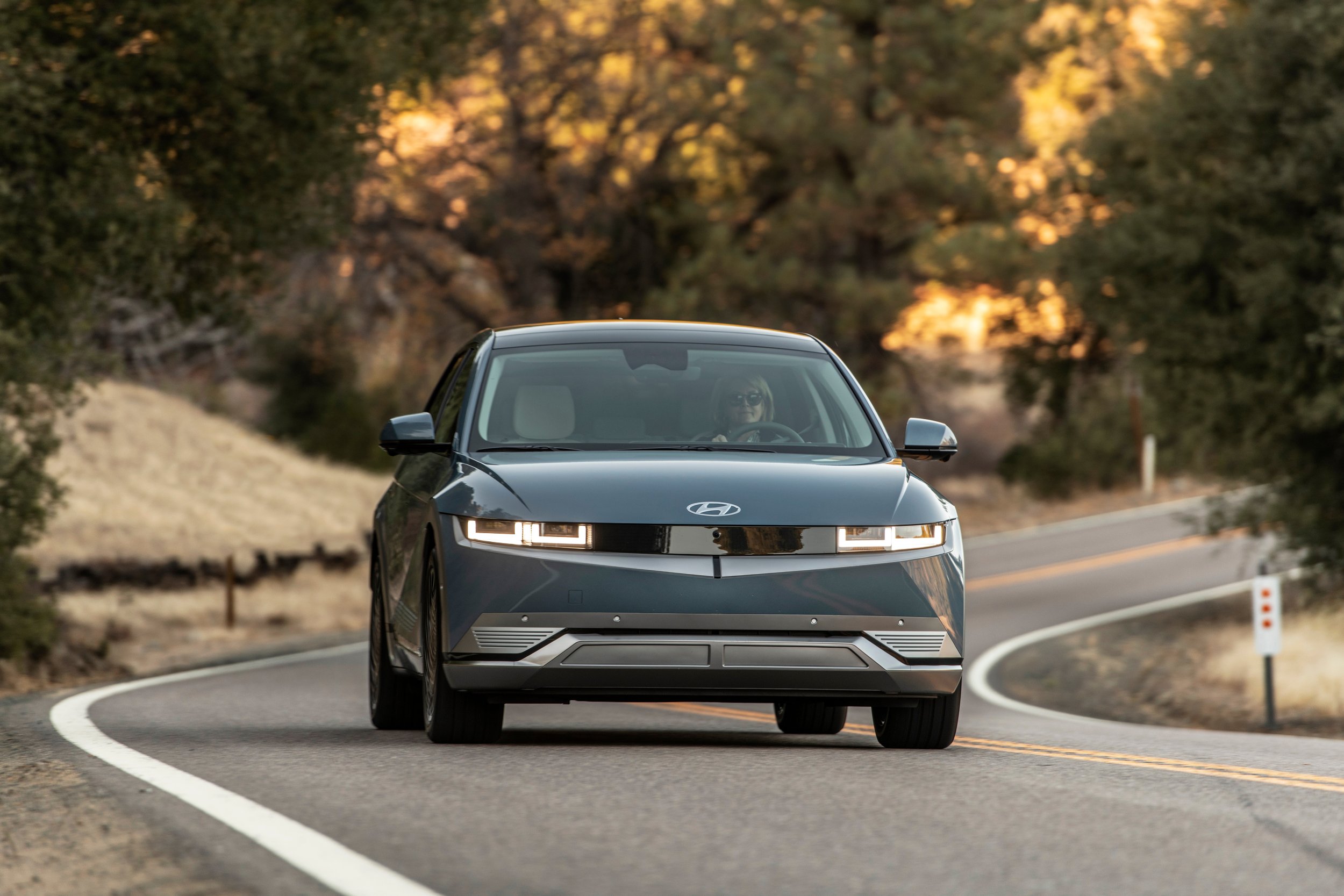Polestar Announces OTA Power Boost
By edward A. Sanchez – Dec. 8, 2021
If you’re reading this blog post now, we’re assuming you’re not a newcomer to the world of EVs. If you are, welcome. So I’m not going to write a long treatise about how “revolutionary” EVs are, and how they “shift the paradigm.” However, what I am going to write about is one example of something you can do much easier in an EV than in an ICE vehicle – at least for now.
Polestar has announced a downloadable power boost for the Polestar 2 Long Range Dual Motor for €1,000 that gives drivers an additional 50 kW (67 hp) and 20 Nm (15 lb-ft) of torque, bringing post-update power to a total of 350 kW (476 hp) and 680 Nm (502 lb-ft).
Polestar claims this power boost cuts the 0-100 km/h (0-62 mph) time by a couple of tenths to 4.4 seconds and drops the 80-120 km/h (50-75 mph) passing time by about a half second to 2.2 seconds. The added power is available as a “boost” between 70-130 km/h (43.5-81 mph). Initial availability of this OTA (over-the-air) upgrade will be UK, Netherlands, Norway, Sweden, Switzerland, Finland, Denmark, Germany, and Austria. Polestar promises the upgrade will eventually be offered in other markets, including the U.S. and North America in spring 2022.
I remember many years ago at a long-lead press event for an ICE SUV, that I had a few drinks with an engineer after the press dinner and shared my idea about offering OTA ECU upgrades to unlock more power. At the time, the discussion was in the context of internal-combustion engines, and with that being the backdrop, the engineer threw up one roadblock after another as to why while the idea made sense hypothetically, from a regulatory standpoint, it was more trouble that it was worth. For one thing, the performance “tune” would have to be tested and approved by the EPA and CARB to ensure it didn’t adversely affect emissions, as well as assurances to regulators that the OTA capability did not crack the door open for other unauthorized performance tinkering.
Over-the-air updates will soon have the Polestar sprinting a little bit faster.
While many states turn a blind eye to aftermarket modification, California definitely does not, and has very strict and specific rules on ECU tunes, even to the point where some have argued aftermarket performance tunes are illegal.
While this is still somewhat of a regulatory gray area, to be officially “legal” in the state of California, performance ECU tunes need to go through an exhaustive testing and verification procedure that takes months, if not years, and costs tens of thousands of dollars. Typically, only larger companies undertake this onerous task to get an official CARB E.O. (Executive Order) number, being able to make the claim that their product or tune is CARB legal. Most other tunes are sold on an “off-road use only” basis.
While it’s hypothetically possible that in the future, OTA performance tunes for EVs could be regulated or outlawed, on the premise that even with EVs vastly superior efficiency and environmental friendliness (from a direct emissions standpoint), it will probably be quite a while until those laws are on the books, and with some clever software programming, the improvement in performance could come at a negligible decrease in efficiency.
So, for all those that decry that EVs are the “end of performance,” in another sense, they’re just the beginning.
(Images courtesy Polestar)
- Store - Podcast - Facebook - Google News - Twitter -








